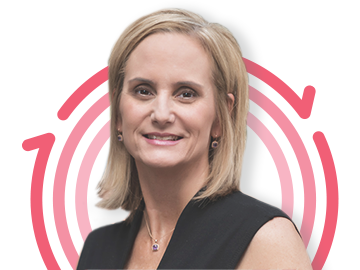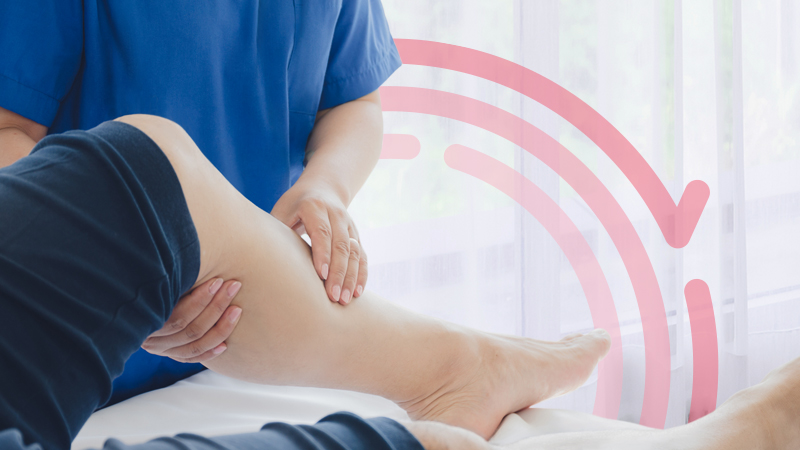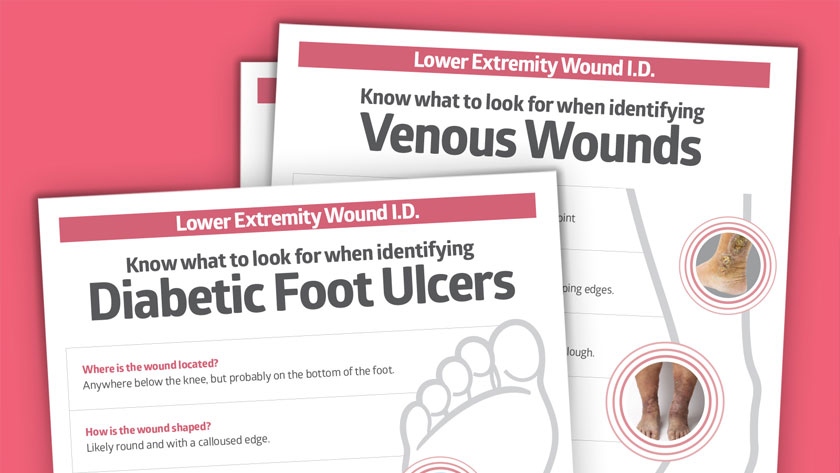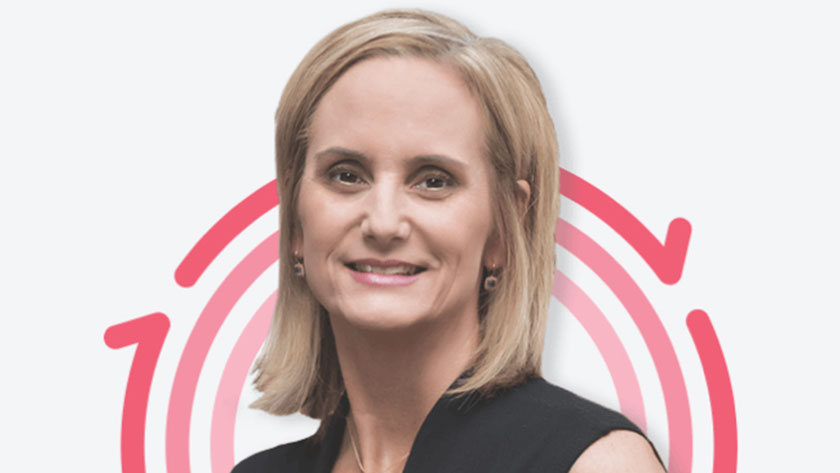Choose the right compression wraps to help heal venous leg ulcers: Webinar recap
Discover the science, healing benefits and myths of venous stasis management.
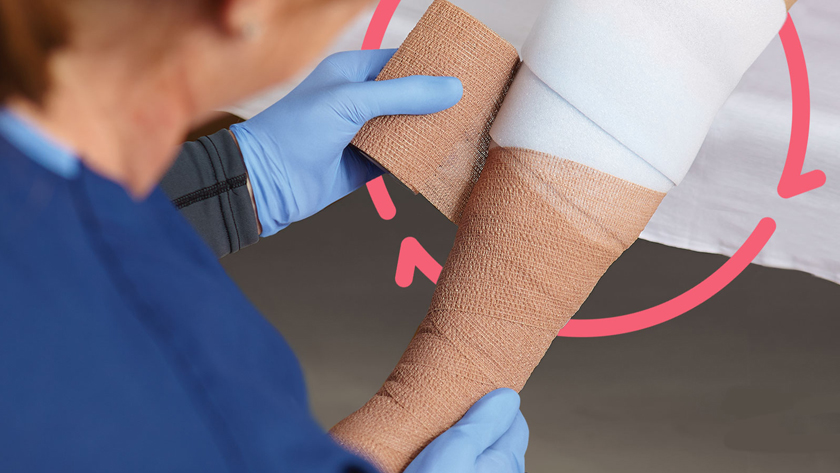
Studies show that up to 50% of venous leg ulcers remain unhealed after six months and 72% recur within 5 years.¹ That’s why it’s important for nursing staff to understand the causes and treatment of VLUs.
While compression is considered the gold standard of venous leg ulcer healing, some misunderstandings and misconceptions have contributed to longer healing times.
50%
of VLUs remain unhealed after 6 months¹
72%
of VLUs recur within 5 years¹
In the Medline Skin Health educational webinar titled, “Time for a compression evolution: Optimizing outcomes and wound healing,” Suzie Ehmann, DPT, PhD(c), CWS, SWLT, CLT-LANA Clinical Specialist and Medline consultant, covers 6 areas of discussion regarding compression:
- Pathophysiology of edema
- Role of compression in optimizing wound healing
- Science behind compression
- Impact of various compression textiles
- Individualized compression selection
- Matching appropriate textiles to your patient
Compression has the power to impact circulation
There’s a reason people experience swelling with a venous leg ulcer. Ehmann notes that reducing that swelling is not just a matter of “fixing the veins.” Instead, she explains that dysfunction of the lymphatic system plays a key role in edema, which directly impacts wound healing and skin health. She encourages clinicians to think about lymphedema management and wound management together.
To visualize the lymph dysfunction, Ehmann compares lymph stasis to swampy, stagnant water, whereas functional lymphatics are like a crystal clear pond that’s circulating water properly. Getting to that point of effective circulation demands compression, what Ehmann describes as “positive pressure therapy.”
Bandage kits are not interchangeable
You have a lot of choices when it comes to compression systems, and Ehmann cautions, “Although bandage kits may look similar, the composition of these systems vastly differs, and directions for use may differ.”
Compression science mostly focuses on reducing wound volume or speeding wound healing. However, it often neglects emphasis on the dosage or specific type of compression application required to deliver those results. With this in mind, Ehmann tackles some broad statements about compression that she says need updating: “Some compression is better than no compression” and “Multilayer compression is more effective than single layer.”
Ehmann also takes a deeper dive beyond the goal of achieving a certain compression dosage. She defines and discusses recoil, textiles and the importance of truly understanding what the dosage means. She also challenges clinicians to examine the differences among two-, three- and four-layer wraps and answers the question, “How does a compression application work?”
As the science of compression evolves, Ehmann says it’s now possible to debunk what she calls “compression dogma.”
1. Compression dosage alone determines the positive impact on blood flow.
Here, Ehmann points out several limitations, including the fact that few studies have documented interface pressure.
2. Compression has to be gradient.
In this discussion, Ehmann agrees that gradience may have an impact, but it might not be what you think.
Compression in the third dimension
In addition to dosage and stiffness of the compression textile, Ehmann introduces three crucial factors when determining compression therapy:
- Distribution when it comes to the gradient
- Distribution horizontally
- Distribution into the tissue
When selecting the right compression for each patient or resident, Ehmann uses the S.T.R.I.D.E. assessment measures of shape, texture, refill, issues, dosage and etiology.
Key takeaway
This educational webinar reminds clinicians that healing venous leg ulcers and managing venous stasis takes compression, but it’s not a one-size-fits-all science. Ehmann urges clinicians to consider more than just dosage of the compression wrap and to treat each person with an individualized care plan.
Watch the webinar for more details on the insights and strategies Ehmann discusses.
References:
- Treadwell, T., Sabolinski, M. L., Skornicki, M., & Parsons, N. B. (2018). Comparative Effectiveness of a Bioengineered Living Cellular Construct and Cryopreserved Cadaveric Skin Allograft for the Treatment of Venous Leg Ulcers in a Real-World Setting. Advances in Wound Care, 7(3), 69–76. Available at https://doi.org/10.1089/wound.2017.0738
